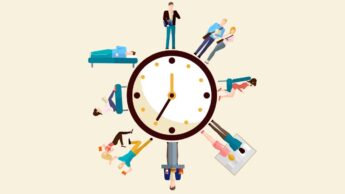Recent retirees’ lifestyle choices are being studied to better understand patterns in activity. Most people will get more sleep and more downtime after quitting their 9-to-5 jobs. Although it may seem wonderful, a sedentary lifestyle is not good for long-term health, particularly as we become older. Regular exercise improves health, happiness, energy levels, and social involvement while also delaying some of the physical and mental deterioration that comes with aging.
551 public sector workers were studied, with an average age of 63, to determine their lifestyle patterns during the first year after retirement. A wrist-worn accelerometer was used to track the individuals’ activity patterns for a full week before and after their last day of employment, around a year apart.
By occupation and gender, the data on retirees was split. Teachers, physicians, registered nurses, and technicians were categorized as non-manual employees, whereas nurses’ aides, chefs, cleaners, and maintenance workers were considered to be manual. Based on the data gathered by the accelerometers, the percentage of time spent sleeping, doing mild exercise, doing moderate to strenuous exercise, and doing nothing was calculated.
Eight hours of sleep per night, 11 hours of sedentary activity, four hours of mild exercise, and 50 minutes per day of moderate to intense exercise were all habits of the women (who made up 86% of the study’s participants) prior to retirement. In comparison to women, males slept 16 minutes less every night and spent 60 minutes more time sitting down. For daily moderate to intense activity, both men and women clocked the same amount of minutes.
Before retirement, manual employees documented more physical activity and less time spent sitting than their desk-bound peers, a tendency that held true for both men and women. In the first year of retirement, that changed.
The trends in lifestyle choices for non-manual employees were a little different. The researchers hypothesize that the association between better sleep and less time spent sedentary and more physical activity is due to less time spent at a desk.
Women in manual jobs had the most shift in post-retirement daily living patterns, sleeping 45 minutes longer, engaging in mild physical exercise for 64 minutes less, and engaging in intense activity for 17 minutes less. There was a 36-minute increase in active time. Men who gave up manual labor had a lesser increase in sleep and sedentary behavior compared to physical exercise.
Source:Montreal gazette
Also Read: Work-Life Balance Strategies For Adults





